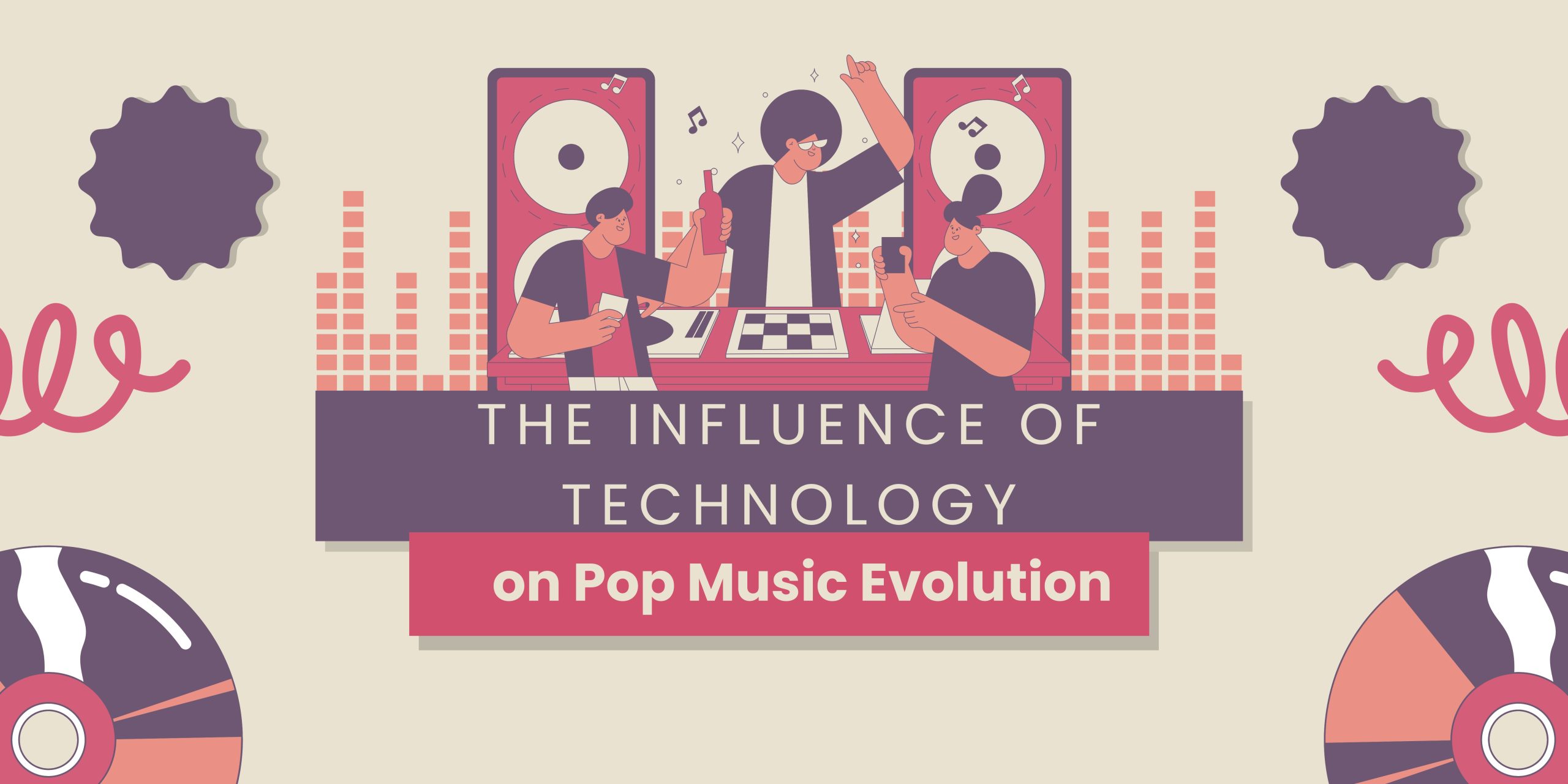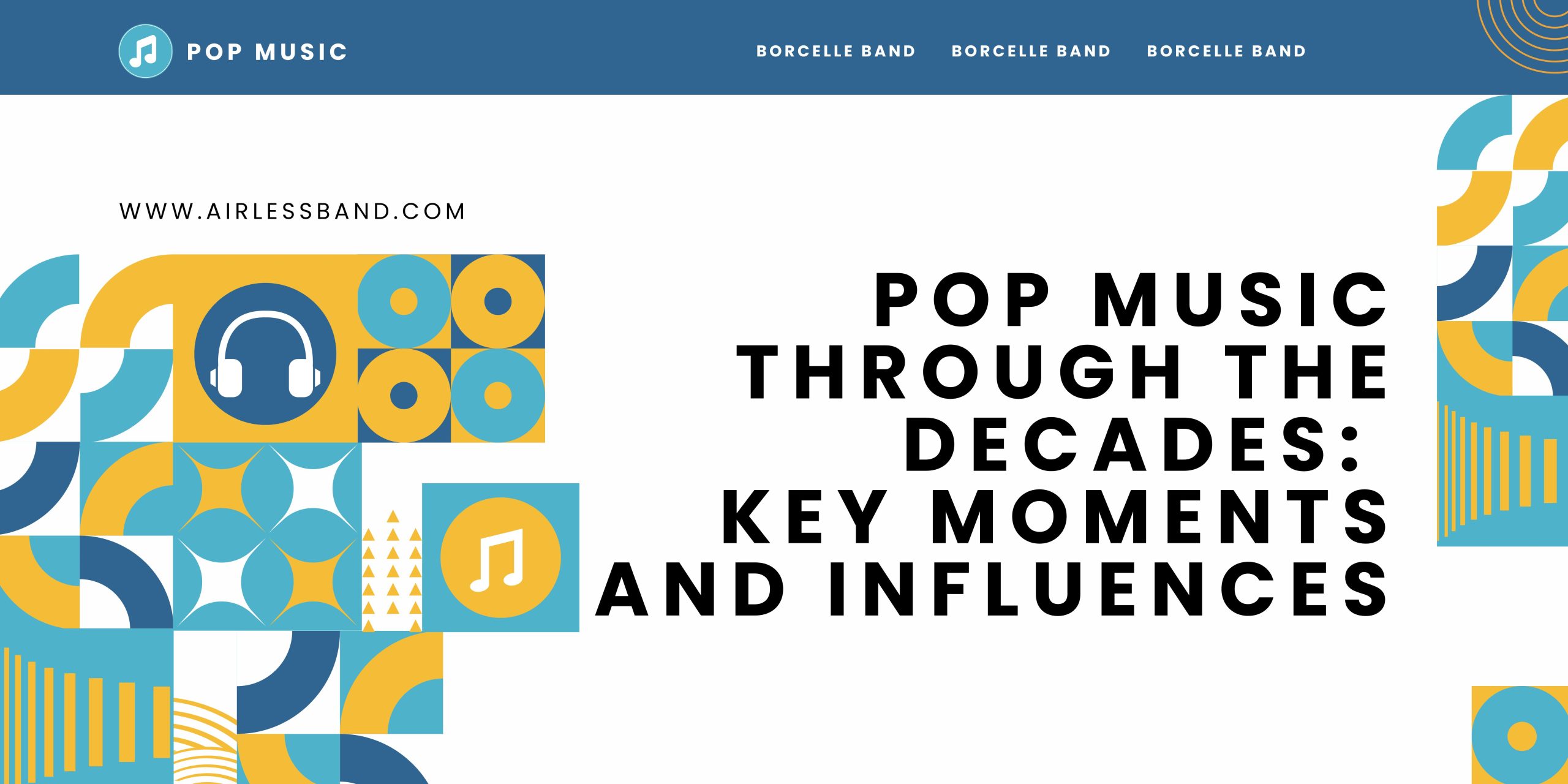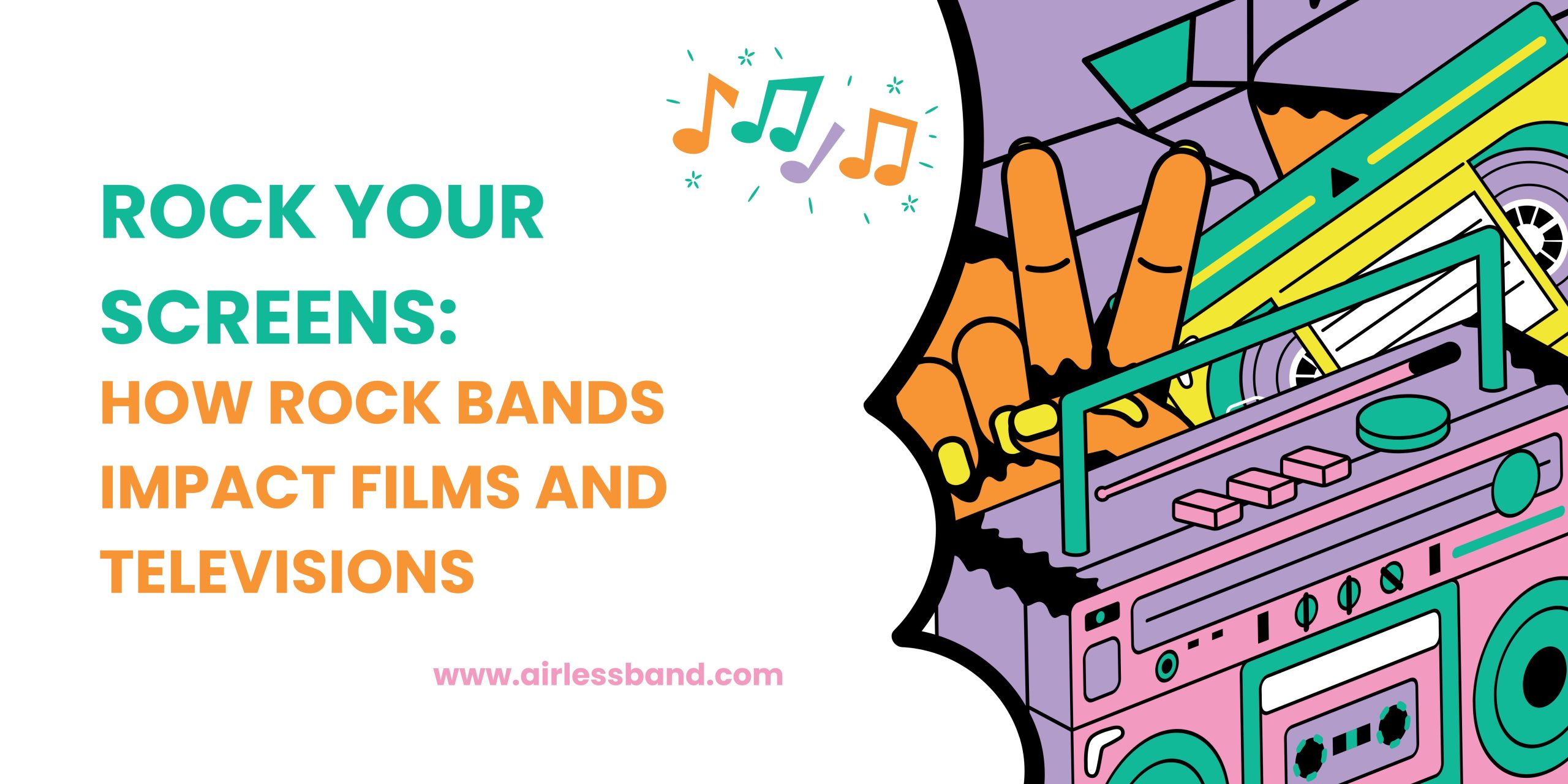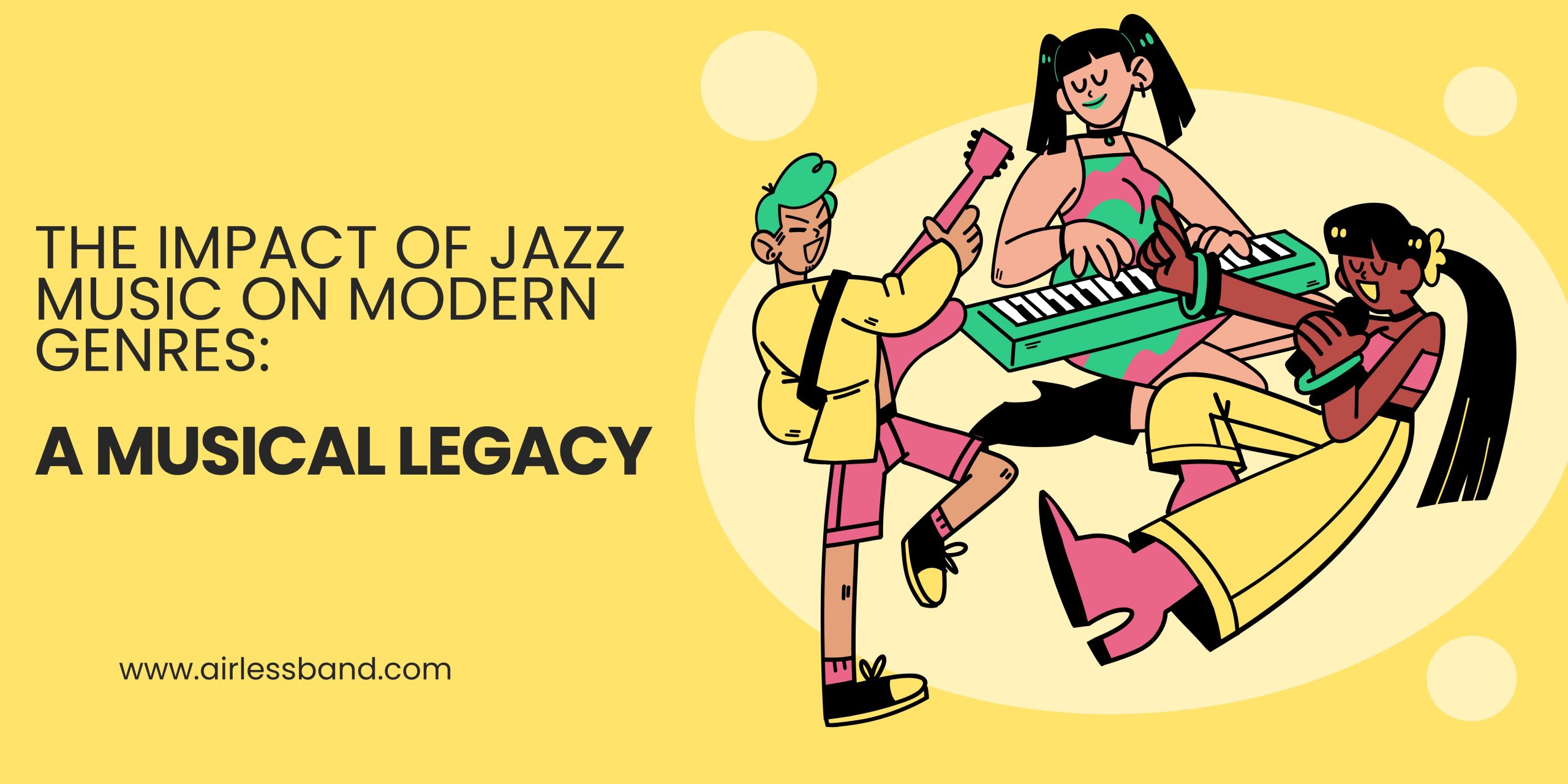Pop music has experienced a tremendous changeover over the past couple of eras, and technology has played an instrumental part in shaping this transition. From the beginning of recording gear to the advancement of digital production software, technology has constantly pushed the borders of what is achievable in the realm of pop music.
Technology has been a driving force behind the ongoing development of pop music. The intro of recording equipment allowed performers to grab their performances, helping more comprehensive distribution and the advent of pop as we know it. Electric devices like the guitar and synthesizer got new sonic possibilities, while MIDI and sampling revolutionized song production. The internet remade distribution, linking artists with global audiences. Moreover, auto-tune and vocal effects revamped pop vocals, as well as home studios empowered independent musicians. Looking ahead, AI promises further invention. The impact of technology on pop music is an ever-growing narrative, with each technological leap shaping its sound and culture.
Explore the profound effect of technology on the growth of pop music, analyzing how it has revolutionized production, distribution, and even the very essence of the genre itself.
The Birth of Recording Technology
The earliest recording technologies laid the basics for pop music’s development. Before recording equipment, music was ephemeral, existing only in the moment of performance. With the power to capture sound and reproduce it, artists could reach massive audiences and experiment with new musical styles. The beginning of the gramophone in the late 19th century led to mass production and dispersal of music, setting the scene for the promotion of pop music.
The Rise of Electric Instruments
Electric instruments like the electric guitar and synthesizer had a deep effect on the sound of the pop tune. The electric guitar, popularized by seasoned artists, presented a new status of distortion and punch to the genre. Synthesizers, at the same time, allowed for the invention of entirely new sounds as well as textures, paving the way for electronic pop music genres like synth-pop and electronica.
Digital Revolution: MIDI and Sampling
The 1980s saw the introduction of Musical Instrument Digital Interface technology, which allowed electronic musical instruments and computers to interact. It revolutionized music production, making it more comfortable to compose, arrange, and control music virtually. Sampling technology, which entangled taking snippets of existing recordings and integrating them into unique tracks, also became across-the-board. It gave rise to hip-hop and electronic dance music, where representatives crafted the spine of myriad songs.
The Internet: A Game-Changer in Distribution
Keep in mind that the internet dramatically altered the way pop music is broadcasted and consumed. With the start of virtual downloads and streaming services, listeners got instant access to an expansive library of tunes. This shift in distribution media not only changed how artists released music but also allowed for the rapid globalization of pop music, instructing listeners to diverse genres and professionals from around the globe.
Auto-Tune and Vocal Effects
Perhaps a pitch correction software that has become an iconic component of contemporary music production. Initially created to fix vocal pitch flaws, it morphed into an innovative tool for reshaping pop music. Artists started utilizing Auto-Tune deliberately to acquire unique, robotic vocal impacts. This technology revolutionized the sound of pop vocals, presenting a novel and usually futuristic sonic dimension. It designated singers to push the borders of time-honored vocal performance, blurring the lines between human and machine. As a consequence, Auto-Tune has played a key role in determining the sound of contemporary pop music, contributing to its evolution and innovation.
Home Studios and DIY Culture
Refinements in technology have made it possible for artists to make professional-sounding music from the comfort of their own houses. Digital audio workstations (DAWs) like Pro Tools, Ableton Live, and GarageBand permit musicians to record, mix, as well as produce harmony without the necessity for a conventional recording studio. This DIY culture has democratized music production, enabling a new wave of independent pop artists to occur and gain recognition.
AI and the Future of Pop Music
As we look to the future, artificial intelligence (AI) is poised to become a significant player in pop music creation. AI algorithms can analyze all-inclusive amounts of musical data to generate manuscripts, assist in songwriting, and even mimic the style of well-known artists. While AI raises inquiries about creativity and authenticity, it also provides compelling opportunities for innovation and experimentation in the pop music landscape.
The impact of technology on the growth of pop music cannot be overstated. From the dawn of recording technology to the advancement of AI, each technological betterment has left an unforgettable mark on the genre. Pop music persists in evolving, driven by the creative options that technology affords. As we move forward, it will be mesmerizing to witness how emerging technologies continue to shape the ever-changing domain of pop music.



